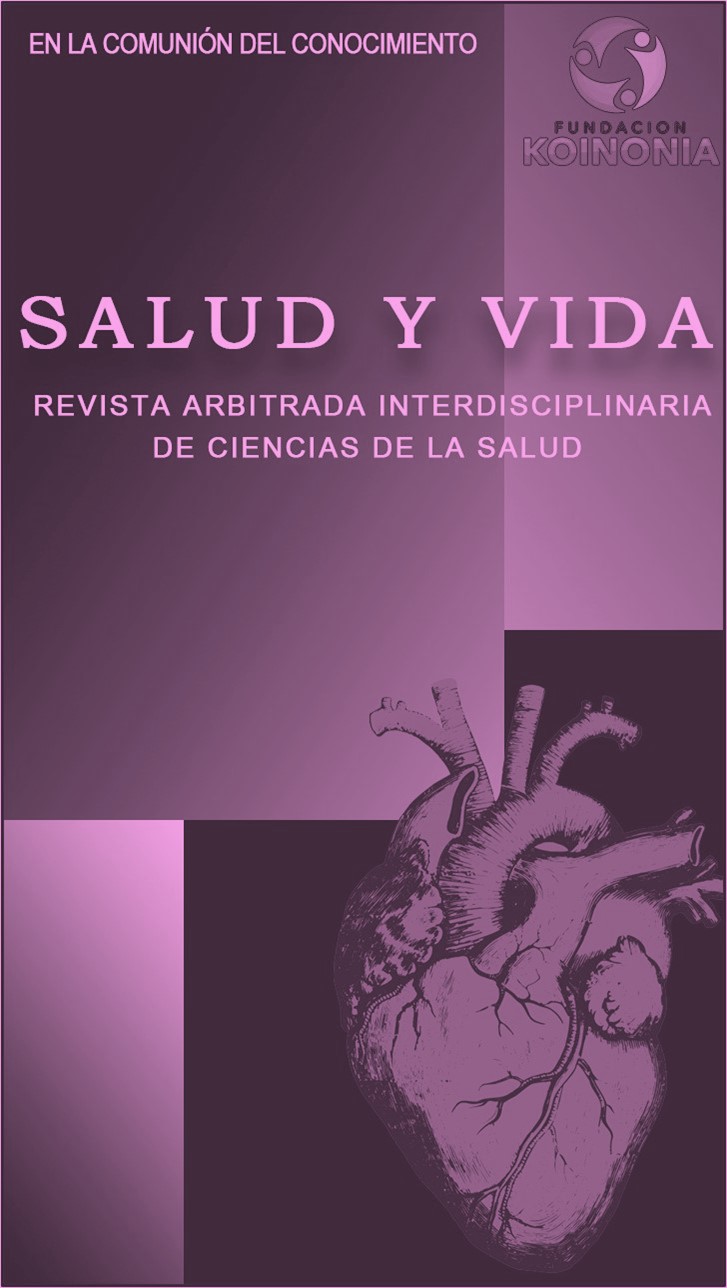Diagnosis and sanitary control of equine infectious anemia
DOI:
https://doi.org/10.35381/s.v.v8i2.4165Keywords:
Equine infectious anemia, molecular diagnosis, epidemiological surveillance, (Source: DeCS)Abstract
Objective: to analyze the diagnosis and health control of equine infectious anaemia. Methods: Documentary descriptive. Conclusion: Equine infectious anaemia remains a significant challenge to global equine health, despite advances in diagnostic techniques and disease control strategies. The genetic variability of the virus and the capacity for asymptomatic transmission continue to complicate eradication efforts, highlighting the need for more comprehensive and adaptive approaches. It is crucial to improve diagnostic accuracy, strengthen epidemiological surveillance and explore new vaccination strategies to mitigate the spread of this persistent disease, thereby protecting the equine population and reducing the associated economic impact.
Downloads
References
Issel CJ, Foil LD. Equine infectious anaemia and mechanical transmission: man and the wee beasties. Rev Sci Tech. 2015;34(2):513-523. http://dx.doi.org/10.20506/rst.34.2.2376
Zimmerli U, Thür B. Die Equine Infektiöse Anämie – eine Besprechung aus amtstierärztlicher Sicht [Equine Infectious Anaemia - a review from an official veterinary perspective]. Schweiz Arch Tierheilkd. 2019;161(11):725-738. http://dx.doi.org/10.17236/sat00232
Sellon DC. Equine infectious anemia. Vet Clin North Am Equine Pract. 1993;9(2):321-336. https://n9.cl/irp5u
Maanen Cv. Progressive control of equine infectious anaemia through more accurate diagnosis. Vet Rec. 2013;172(8):208-209. http://dx.doi.org/10.1136/vr.f1131
Bolfa P, Barbuceanu F, Leau SE, Leroux C. Equine infectious anaemia in Europe: Time to re-examine the efficacy of monitoring and control protocols?. Equine Vet J. 2016;48(2):140-142. http://dx.doi.org/10.1111/evj.12466
Dorey-Robinson DLW, Locker N, Steinbach F, Choudhury B. Molecular characterization of equine infectious anaemia virus strains detected in England in 2010 and 2012. Transbound Emerg Dis. 2019;66(6):2311-2317. http://dx.doi.org/10.1111/tbed.13286
Kasem S, Hashim O, Alkarar A, et al. Serological cross-sectional survey of equine infectious anemia in Saudi Arabia. Pol J Vet Sci. 2022;25(3):365-368. https://n9.cl/ef86c
Brangan P, Bailey DC, Larkin JF, Myers T, More SJ. Management of the national programme to eradicate equine infectious anaemia from Ireland during 2006: a review. Equine Vet J. 2008;40(7):702-704. https://n9.cl/imv2xw
Roberts H. Equine infectious anaemia in Europe: an ongoing threat to the UK. Vet Rec. 2017;181(17):442-446. http://dx.doi.org/10.1136/vr.j4721
Gaudaire D, Lecouturier F, Ponçon N, et al. Molecular characterization of equine infectious anaemia virus from a major outbreak in southeastern France. Transbound Emerg Dis. 2018;65(1):e7-e13. http://dx.doi.org/10.1111/tbed.12657
Weiland F, Matheka HD, Böhm HO. Equine infectious anaemia: detection of antibodies using an immunofluorescence test. Res Vet Sci. 1982;33(3):347-350.
Cook RF, Barrandeguy M, Lee PA, et al. Rapid detection of equine infectious anaemia virus nucleic acid by insulated isothermal RT-PCR assay to aid diagnosis under field conditions. Equine Vet J. 2019;51(4):489-494. http://dx.doi.org/10.1111/evj.13032
De Liberato C, Magliano A, Autorino GL, Di Domenico M, Sala M, Baldacchino F. Seasonal succession of tabanid species in equine infectious anaemia endemic areas of Italy. Med Vet Entomol. 2019;33(3):431-436. http://dx.doi.org/10.1111/mve.12360
Lin Y, Wang XF, Wang Y, et al. Env diversity-dependent protection of the attenuated equine infectious anaemia virus vaccine. Emerg Microbes Infect. 2020;9(1):1309-1320. https://n9.cl/bdw6o
Cook RF, Leroux C, Issel CJ. Equine infectious anemia and equine infectious anemia virus in 2013: a review. Vet Microbiol. 2013;167(1-2):181-204. https://n9.cl/05iq1
Published
How to Cite
Issue
Section
License
Copyright (c) 2024 Jolena Verónica Vinueza-Lara, Matías Gabriel Jaramillo-López, Marco Paul Medina-Valencia, Mildre Mercedes Vidal-del-Río

This work is licensed under a Creative Commons Attribution-NonCommercial-ShareAlike 4.0 International License.
CC BY-NC-SA : Esta licencia permite a los reutilizadores distribuir, remezclar, adaptar y construir sobre el material en cualquier medio o formato solo con fines no comerciales, y solo siempre y cuando se dé la atribución al creador. Si remezcla, adapta o construye sobre el material, debe licenciar el material modificado bajo términos idénticos.
OAI-PMH: https://fundacionkoinonia.com.ve/ojs/index.php/saludyvida/oai.









